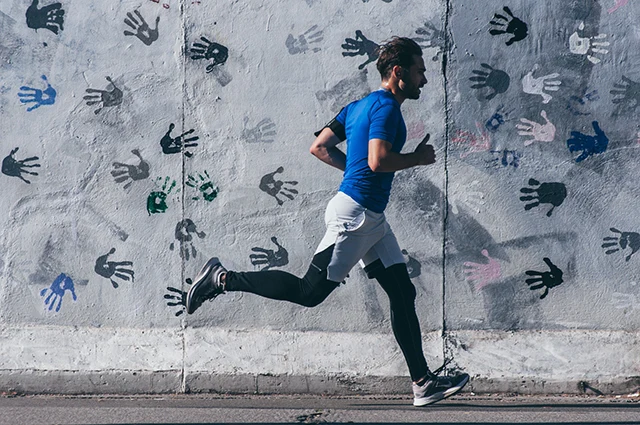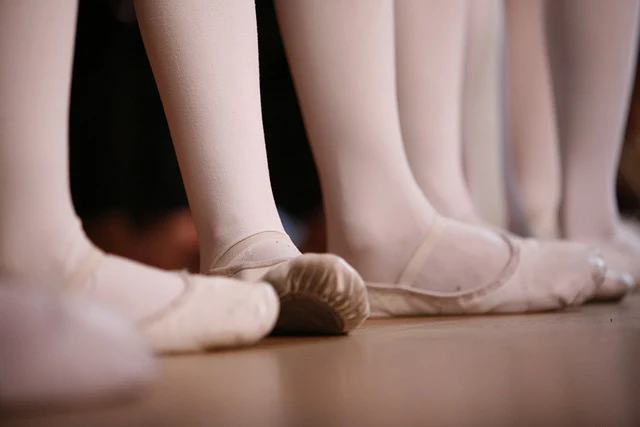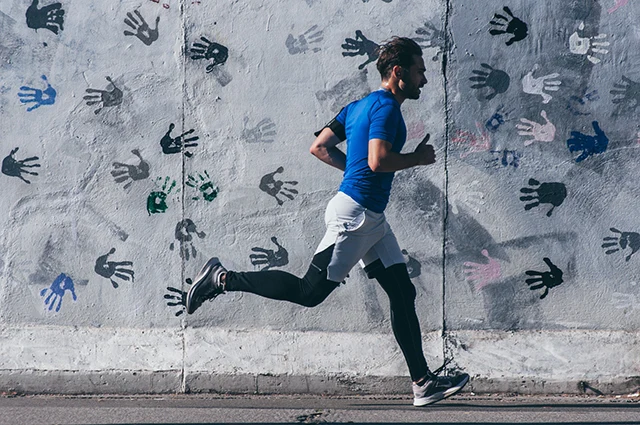
High Heels: A Harm-Reduction Manifesto
As a podiatrist, I’m expected to denounce high heels. But, I tend to think, denunciations drive people away.
“I read Liz’s denunciation and I felt so seen,” said nobody, ever.
Far better that I create a safe space, where those who love their high heels can discover new ways to protect their foot health without accepting a total ban.
If anyone should be against high heels, it should be me. After all, I’m not just a podiatrist, I’ve also been a high heels fashion victim.
Not too long ago, I went to a wedding. The pandemic lock-downs were still recent, and I was excited to have a reason to dress up. The dress code said cocktail, so I dug out a lace dress and a marvellous pair of nude, patent-leather platforms with spiky heels that I’d first worn to my brother’s wedding. I also wanted to dance at the reception, so I packed a pair of dance slippers, which I usually keep for stage.
In the end, the wedding ceremony was in a garden, and my spiky heels sunk into the grass. The ceremony was divine, but afterwards it began to pour with rain. I ended up walking to the reception hall across slippery cobble-stones.
It all felt very unstable. Horrifying statistics about high heel injuries, which I’d read in medical journal articles for work, started running through my head. I almost took my shoes off to walk barefoot in the rain, but decided not to. After all, it was only a short flight of steps down to the reception hall. Then I could lose the heels and put on my dry slippers.
I turned to my friend, who is also a podiatrist and said, “I’ve got to get out of these heels before I give myself a massive inversion ankle sprain!” I must have been tempting fate, for even as I said the words, one of my high heels caught on a cobble stone. I tripped forwards on the stair and grabbed the hand rail. Unfortunately, the rail was covered in water and my hand aqua-planed along it.
I fell bodily down the stairs. Eventually, I managed to slow my fall. I didn’t sprain an ankle, break my neck or lose any teeth. Instead, I wrenched my wrist, putting me out of action at work for nearly three weeks.
Back home, with my wrist immobilised in a brace, I took out my spiky platforms for the last time and threw them in the bin.
The podiatry textbook, and most of my colleagues, would advise me to leave them there. Nothing but flats for me, forever after. And perhaps I’ll take that advice. After that painful experience, I don’t know whether I’ll ever buy another pair of platforms that high.
However, that advice is not a solution for everyone. High heels are much more than just a fashion accessory; they serve as a potent expression of personal identity. For many of us, they symbolise our confidence, our autonomy, our power.
And the choice of heels can reflect our personality, whether it's a daring stiletto that exudes boldness or a chic, kitten heel that confirms our sophistication. Our heels have the remarkable ability to transform our mind-set, giving us a boost in both height and self-assurance.
Actor Tim Curry, who played the character of Dr Frank-N-Furter in "The Rocky Horror Picture Show", has famously said that the character came to life for him once he found the right shoes. He explained that slipping into those crazy high heels helped him embody the role. They gave him the physicality and confidence to portray such a flamboyant and charismatic character.
Even off stage, heels are still a medium for self-expression, allowing us to convey mood, creativity, and our own unique aesthetic. Or they can signal respect and competence when worn for a special occasion or professional meeting.
High heels have all these powers, and yet they have a darker side. As a podiatrist, I can’t help but mention it: they are not great for your feet.
So, what to do? How can we strike a balance between personal expression and biological well-being?
I advocate for a harm reduction strategy. Now and then, we can embracing the style and confidence high heels bring, while taking sensible steps to protect our foot health.

Here’s a few ways you can reduce the risks of high heels:
Embrace the Glamour, Know the Risks
Before we dive into the solutions, it's crucial to understand the risks associated with wearing high heels. Apart from falls (which I’ve left in you no doubt about!) regular use of high heels can lead to a variety of health problems with joints, tendons, ligaments and muscles in the toes, feet, ankles, knees and lower back. Over years, high heel wear can contribute to joint deformities and chronic pain. Being aware of these risks is the first step towards making smarter choices about your footwear. We’ll explore these conditions in coming blogs and consider prevention strategies too.
Rotate Your Footwear
One of the simplest ways to reduce harm is by not wearing high heels all the time. Alternate between heels and more comfortable options like flats, sneakers, or low-heeled shoes. This gives your feet a break and reduces the constant pressure high heels put on your body. By rotating your footwear, you can still enjoy your beloved heels sometimes.
Choose the Right Fit
An ill-fitting shoe can cause a host of problems, regardless of the heel height. Ensure that your high heels fit properly. Shoes that are too tight can cause corns and callouses and contribute to the development of foot deformities like bunions (hallux abducto valgus) and toes deformities like claw toe and hammertoe. In contrast, shoes that are too loose can lead to instability and falls.
Opt for Supportive Designs
Not all high heels are created equal. Look for designs that offer better support and cushioning. Heels with a wider base, such as block heels, and those with arch support can reduce the strain on your feet. At North Star Podiatry, we can also make “cobra-design” custom orthotics to your individual medical prescription, with a profile low enough for fashion footwear.
Incorporate Foot Exercises
Keeping your feet, legs, back and core strong and flexible can help reduce the risks of high heel wear. Incorporate stretching and strengthening exercises into your daily routine. At North Star Podiatry, we can develop an individualised program incorporating the best stretching and strengthening exercises for your individual needs.
Use Custom Orthotics
Orthotic devices are a great way to add extra support to your high heels. These devices can help re-distribute pressure across your feet, reducing the risk of pain and injury. Invest in medically prescribed orthotic devices from North Star Podiatry, designed specifically for high heels, to ensure maximum comfort and protection.
Listen to Your Body
Finally, always listen to your body. If you start to feel pain or discomfort while wearing high heels, it’s a sign that your feet need a break. Don’t ignore these signals. Taking care of your feet today will ensure that you can continue enjoying your favourite heels responsibly for years to come.
Tell us what you need:
If you love your high heels and are having problems with your toes, feet, ankles, knees or lower back, reach out now for a judgement-free consultation! Complete our online form to make an appointment with a skilled podiatrist. Or you can call or message us, if you prefer.

